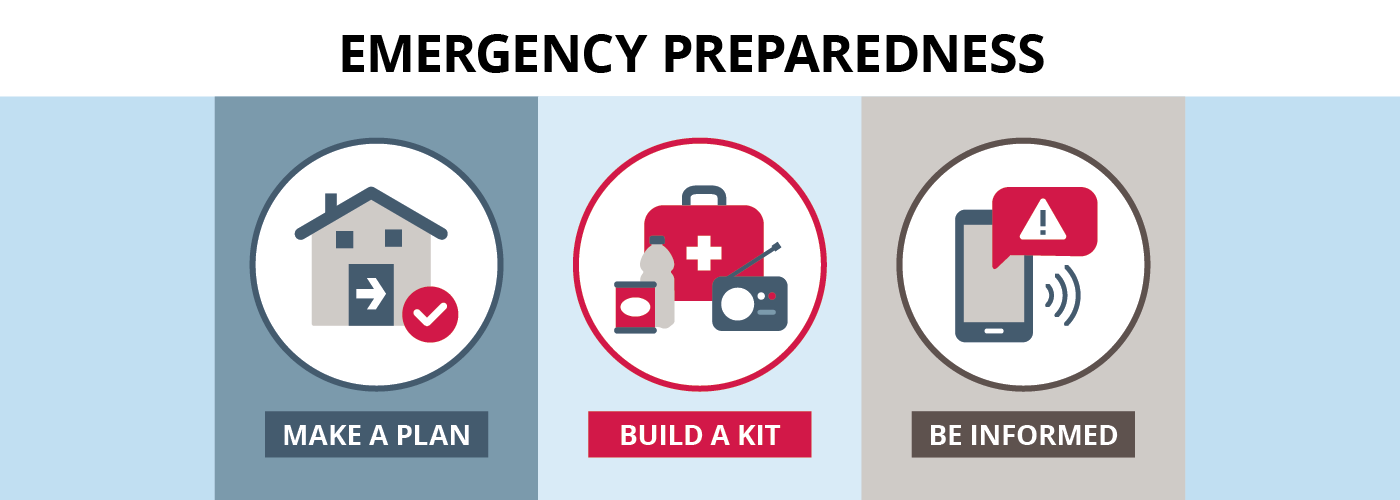National Preparedness Month: how people with disabilities can prepare for an emergency

September is National Preparedness Month, and the U.S. is currently dealing with the peak of the Atlantic hurricane season, a wildfire outbreak in western states and the ongoing effects of the COVID-19 pandemic. People with disabilities do not have to be at any greater risk in an emergency than anyone else – if they are prepared.
Anny Gomez works for Helpful Hands Inc., one of the more than 700 nonprofit agencies within SourceAmerica’s network. Anny lives in Louisiana, so she knows well what her family needs to do when a hurricane is forecast to impact her area, "My preparation for a hurricane is to make sure my family has food, water and sand bags around the house." That is a good start, but there are even more tips that people with disabilities can follow to be sure that they are ready when the time comes.
The Federal Emergency Management Agency’s Ready Campaign helps educate and empower people about how to better prepare for emergencies – both natural and man-made. Here are specific tips from FEMA that are a great start:
Make a Plan
Having a plan in place for a worst case-scenario is an excellent way to prepare. Two important questions that people with disabilities or their caregivers should ask are, "How could a disaster affect me or my family?" and "Could I make it on my own for at least three days?" The COVID-19 pandemic has brought forth additional challenges that require social distancing and wearing a mask when social distancing may not be possible. Consider safe locations to go if an evacuation order is issued by local authorities.
Build a Kit
In addition to having basic survival supplies – one gallon of water per person for at least three days and a least a three-day supply of non-perishable food – an emergency kit should have items to meet individual needs in various emergencies. Consider including items needed on a daily basis like masks, medications, electronics including phones and chargers, and prescription eyeglass or contact lenses. For those with service animals, extra pet food and water will be essential supplies. Ready.gov offers a comprehensive list of kit items for people with various disabilities.
Be Informed
It is important to know what disasters are most likely to occur close to home. Anny, like millions of other Americans living along the Gulf Coast or Atlantic Seaboard, knows that she is living in hurricane country. California and other parts of the West often see beautiful weather, but wildfires and earthquakes are part of the landscape there. Extreme cold and blizzards in the northern states can put someone who is unprepared at risk. Tornadoes have occurred in every U.S. state, but are most common in the Great Plains, southeastern and midwestern states. Having the right information can help ensure people with disabilities are prepared for what comes their way.
To learn more about making a plan, building a kit, and being informed, visit Ready.gov today.